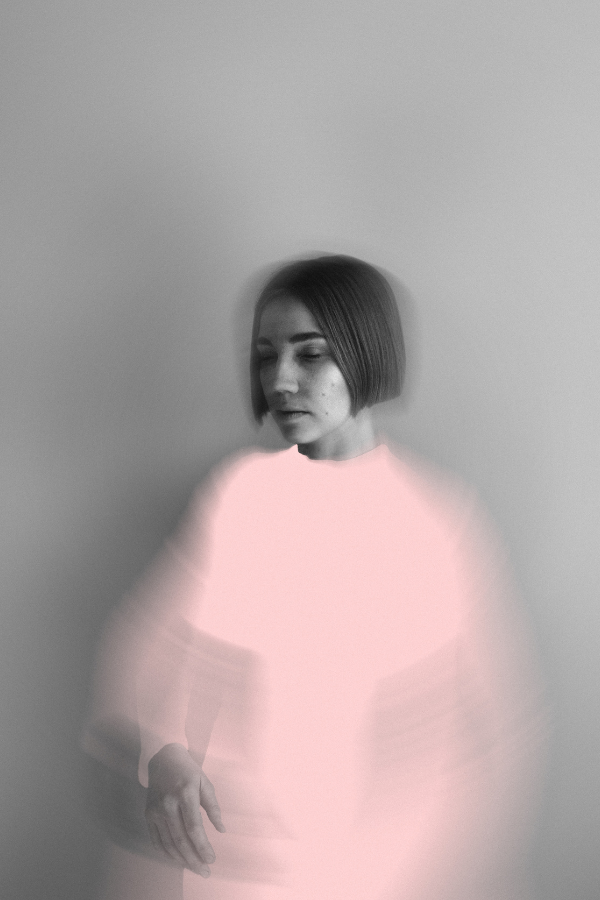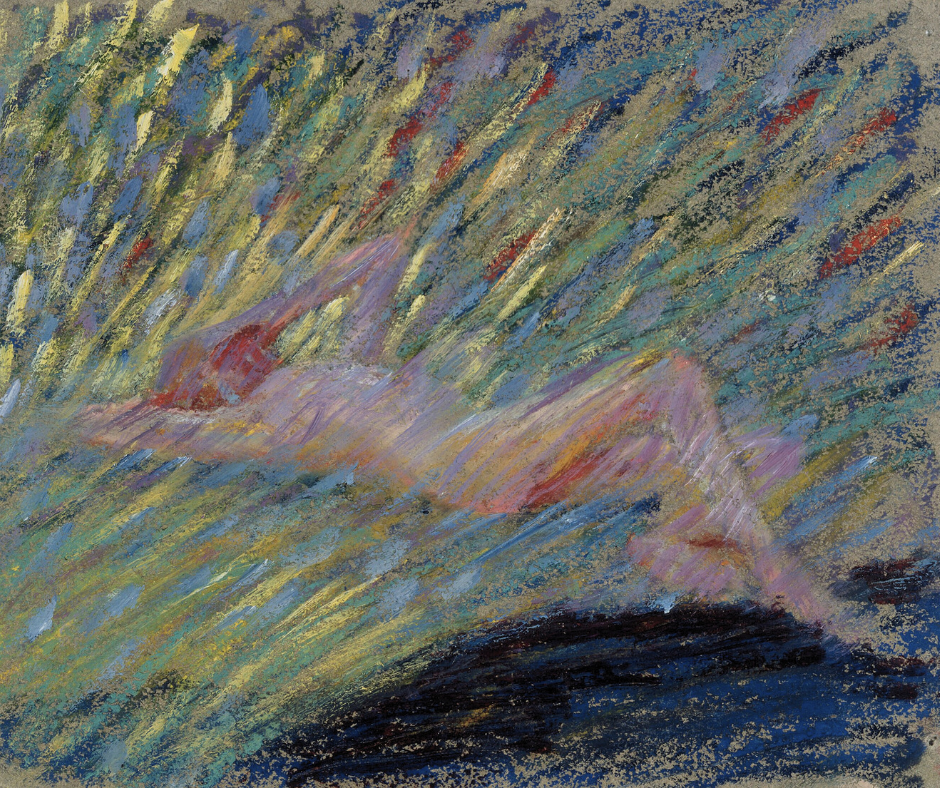

Who Was Helsinki-Born Artist Maria Wiik?
Summary
Reflection Questions
Journal Prompt
The Finnish painter Maria Wiik was one of Helsinki’s first pioneering female artists in a domain traditionally dominated by her male counterparts. Her fine arts career, spanning the late 19th and early 20th centuries, marked a period of significant evolution and recognition for women in the Finnish art scene. Though largely a portrait artist who painted scenes of daily Finnish life, her later abstraction of human figures ties Wiik’s work to subsequent modern art movements. Today, her paintings hang in the Finnish National Gallery and other museums worldwide. In this article, we delve into her life, works, and substantial contributions, shedding light on the painter’s influence and the paths she paved for future generations of Finnish artists. Read on to learn all about Maria Wiik.
Maria Wiik’s Early Life and Artistic Influences
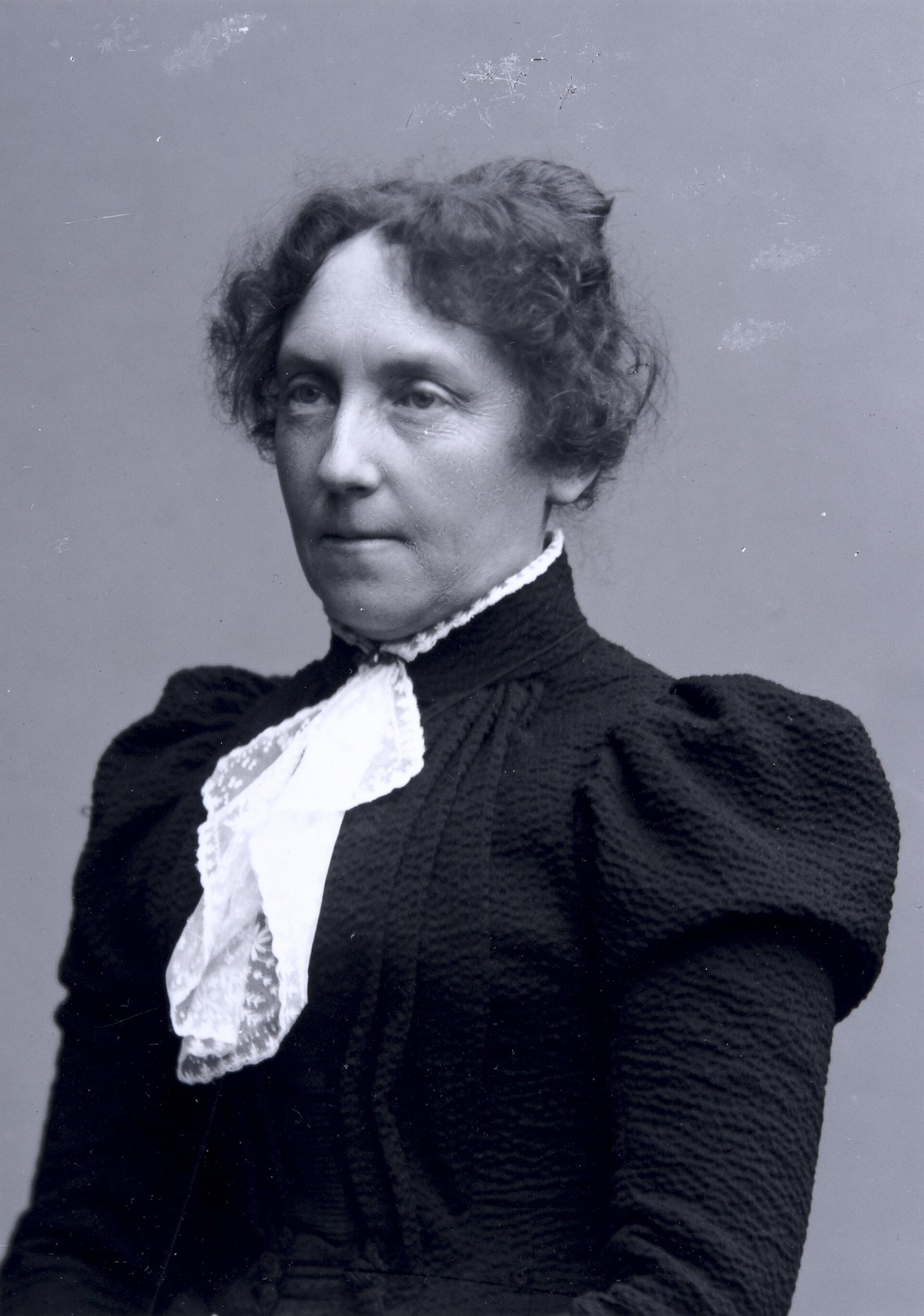

Maria Wiik’s story begins in Helsinki, Finland, where she was born into an era poised on the cusp of artistic transformation. From a young age, Wiik exhibited a keen interest in art, a passion likely nurtured by the cultural vibrancy of her hometown. Helsinki, with its burgeoning art scene, provided the perfect backdrop for a young Wiik to immerse herself in the world of artistic expression.
Her educational journey in art commenced at the Finnish Art Society, a prestigious institution known for shaping the talents of many Finnish artists. Wiik’s time there was pivotal, laying the foundational stones of her artistic education.
Wiik’s International Mentors
However, her quest for knowledge did not remain confined within Finnish borders. Seeking broader horizons and exposure to diverse artistic influences, Wiik ventured abroad, furthering her studies in places rich with art and culture. The artist studied under mentors Adolf von Becker and Tony Robert-Fleury, the latter of whom was based in Paris.
This blend of local and international education and mentorship enriched Wiik’s artistic perspective, equipping her with the tools necessary to carve her own niche in the Finnish art scene and beyond.
Maria Wiik’s Artist Career in Finland and Beyond
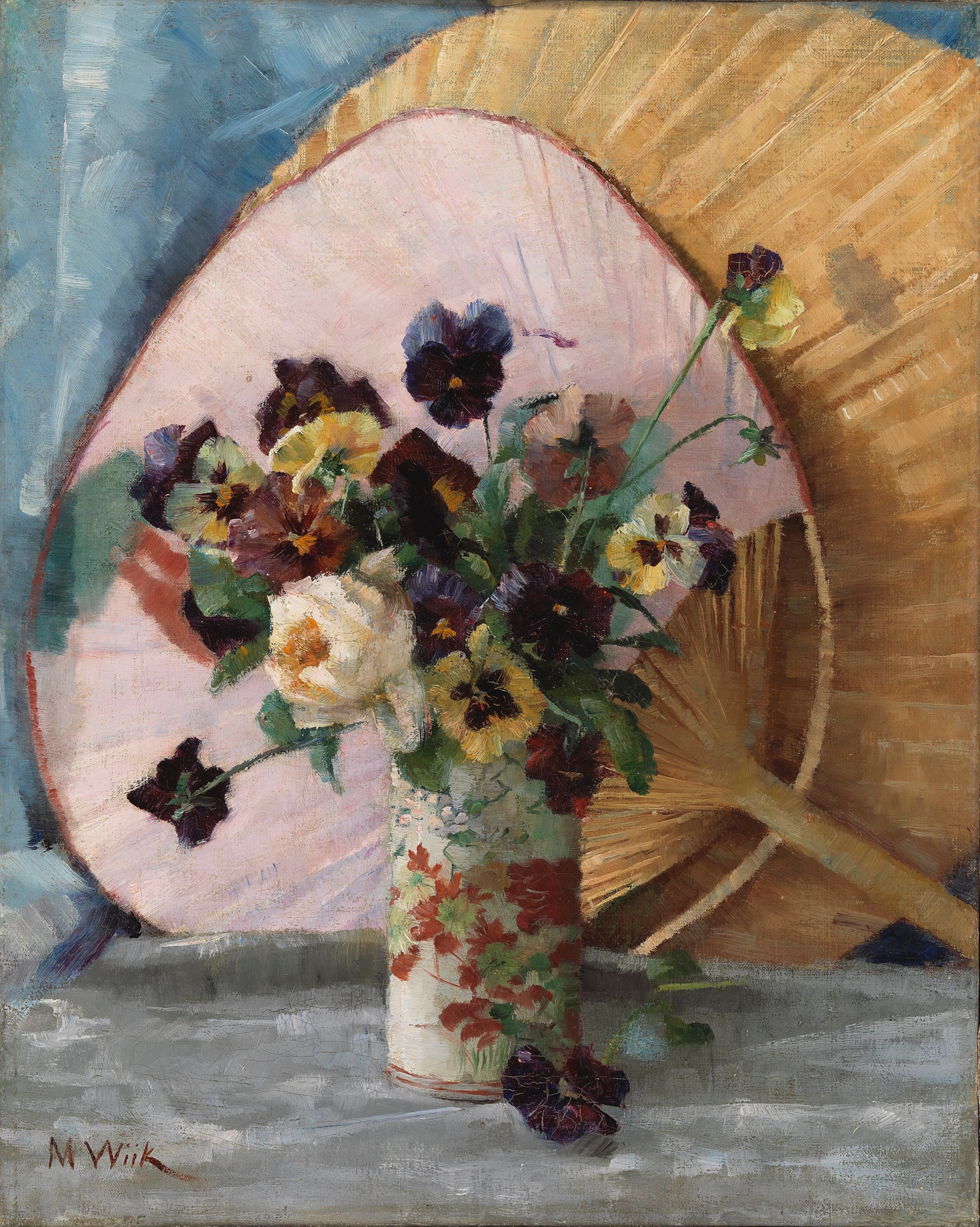

Wiik’s portraits of Finnish women are especially noteworthy for their introspective depth, capturing not just the physical likeness of her subjects but also their inner lives. Critics and contemporaries lauded her ability to capture the essence of her subjects, noting the nuanced expressions and the emotional subtlety she portrayed. Wiik’s works were appreciated not just for their technical proficiency but also for their emotional resonance, earning her a respected place among her peers in the Finnish art community and recognition beyond.
Meanwhile, her landscapes reveal a keen observation of nature, imbued with a sense of tranquility and a subtle interplay of light and shadow. This duality in her work—between the introspective focus on individuals in her portraits and the expansive, contemplative gaze upon nature in her landscapes—underscores Wiik’s adaptability and broad artistic vision.
Fuel your creative fire & be a part of a supportive community that values how you love to live.
subscribe to our newsletter
*please check your Spam folder for the latest DesignDash Magazine issue immediately after subscription


How Wiik’s Style Evolved Over Time
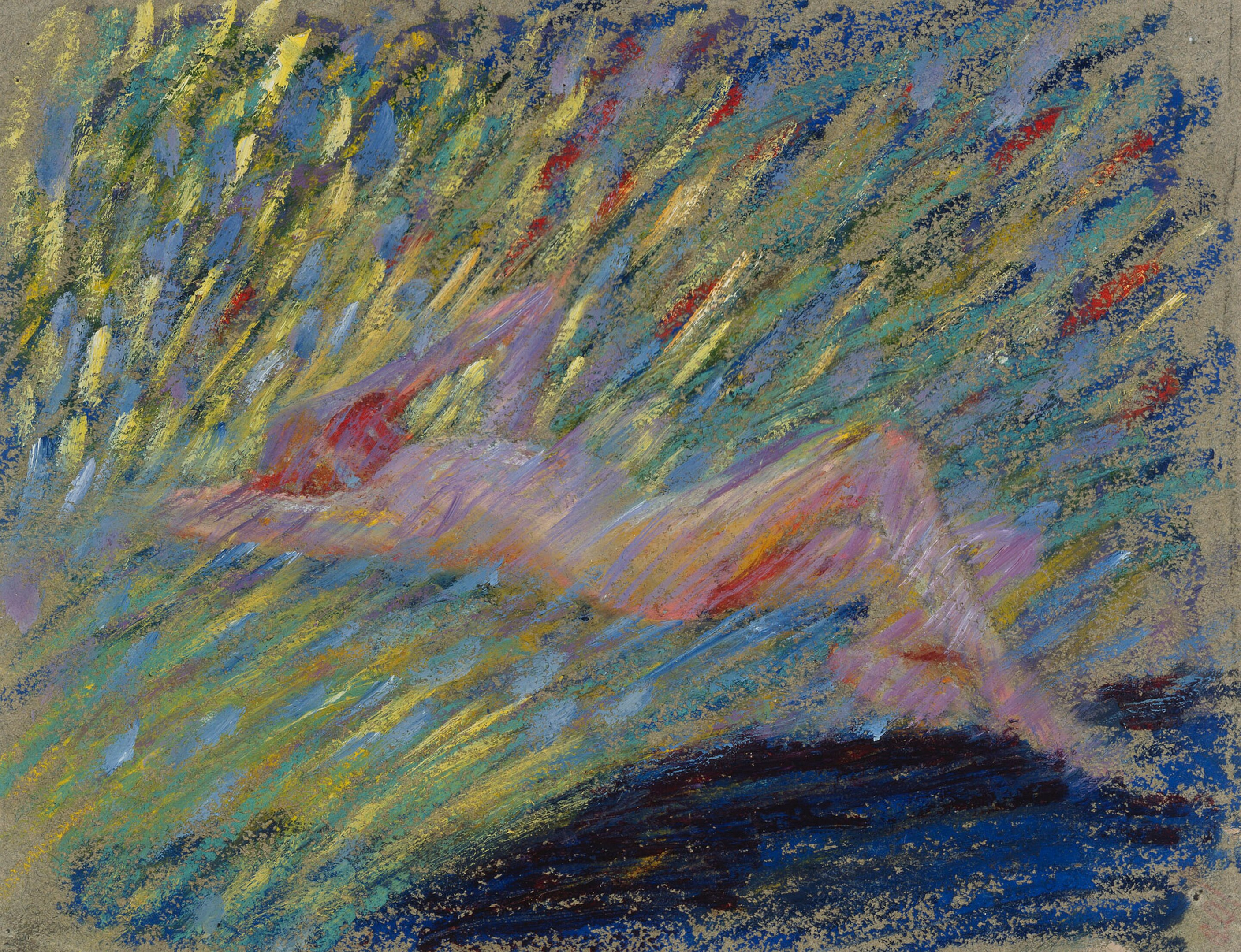

Wiik’s artistic techniques and styles underwent significant evolution throughout her career. Initially influenced by the academic traditions of her education, her early works are characterized by meticulous detail and a conventional approach to composition and color. Wiik exhibited several early small paintings in the Paris Salon and later exhibited quite extensively in Finland.
As she matured artistically, Wiik began to experiment with looser brushwork and a more vibrant palette, indicative of the influences of Impressionism and other contemporary movements. This evolution reflects her willingness to explore and adapt, blending traditional techniques with newer, more experimental approaches to capture the essence of her subjects and landscapes with increasing emotionality and immediacy.
Her Contributions to the Finnish Art Scene
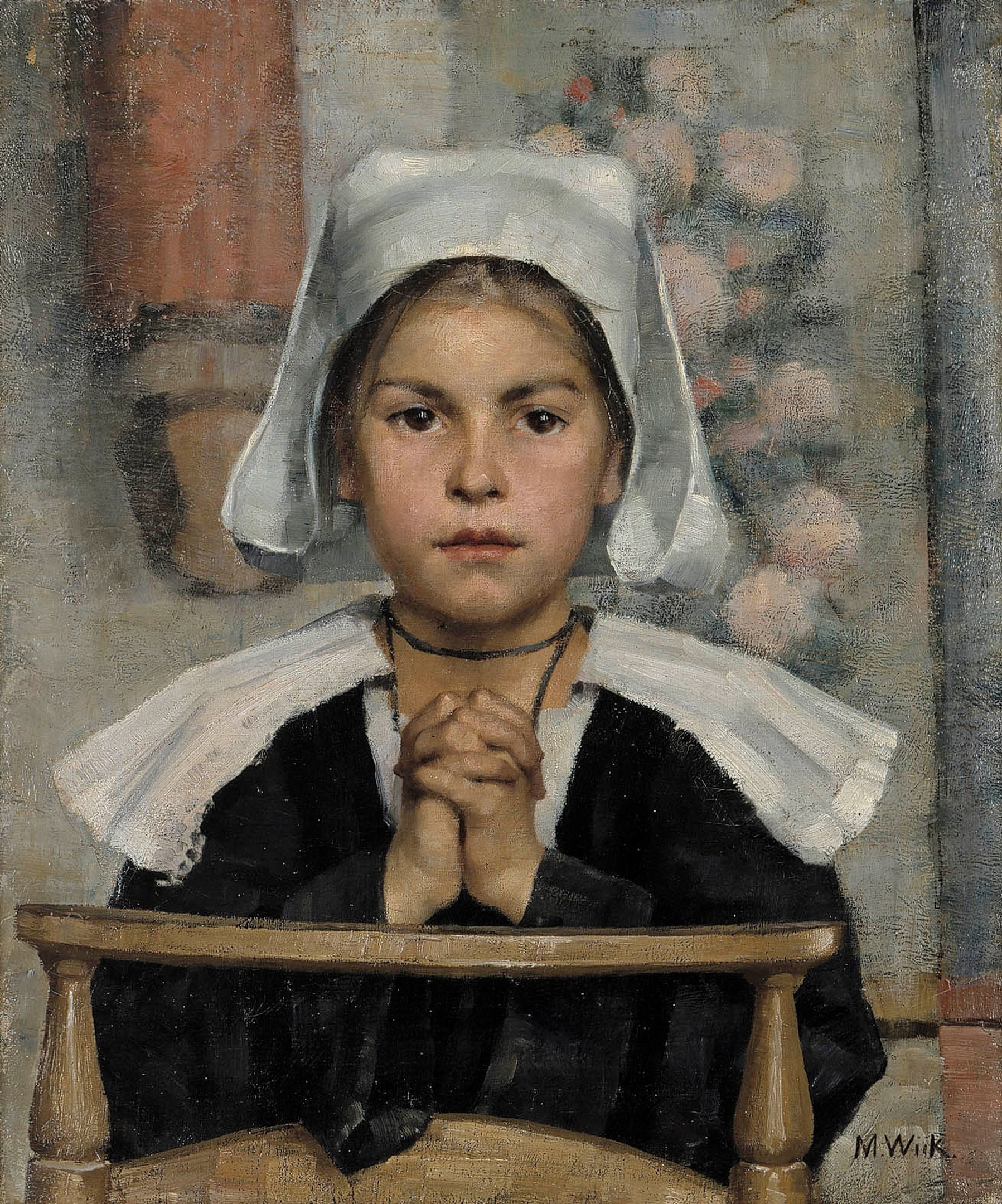

Maria Wiik’s contributions to Finnish art extend far beyond her individual works, marking her as an important figure in challenging and reshaping the gender dynamics of her era. In a time when the art world was largely male-dominated, Wiik’s success and recognition inspired future female artists, proving that talent and determination could transcend the restrictive norms of gender.
Her ability to carve out a respected space for herself, earning accolades and participating in prestigious exhibitions, demonstrated a shift in the perception of women’s roles within the arts. Wiik’s career not only enriched Finnish art with her distinct perspectives and techniques but also contributed to the gradual opening of doors for women in the art community, advocating, albeit subtly, for equality and recognition.
Awards, Honors, and Recognitions She Received
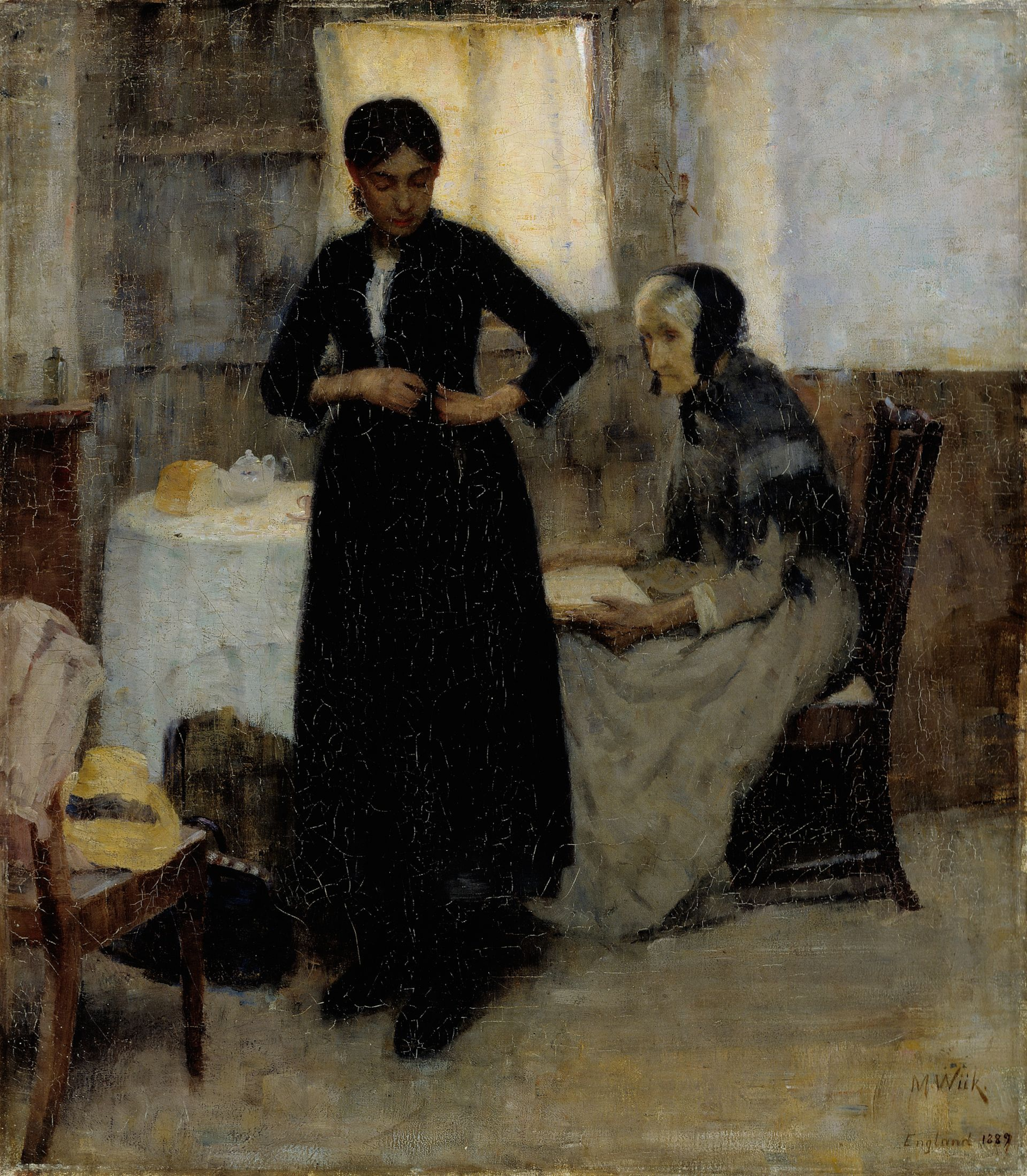

Maria Wiik’s painting “Out into the World” won a bronze medal at the Exposition Universelle in 1900. This prestigious international exposition, held in Paris, was a focal point for artists, inventors, and creators from around the globe to showcase their work and innovations. Wiik’s recognition at such a renowned event not only underscored the international appeal and quality of her art but also highlighted her standing among the leading artists of her time.
The painting’s inclusion in the 1905 book Women Painters of the World, compiled by Walter Shaw Sparrow, further cemented Wiik’s reputation. This book aimed to celebrate and acknowledge the contributions of female artists across different cultures and periods, providing them with the recognition they often were denied in the predominantly male art world. By featuring Wiik alongside other notable women painters, Sparrow’s book acknowledged her talent and the significance of her work, offering her exposure to a wider audience and ensuring her place in the annals of art history.
“Out into the World” not only represents Wiik’s technical skill and artistic sensitivity but also serves as a testament to her courage and determination to carve out a space for women in the arts.
Her Enduring Influence and Legacy
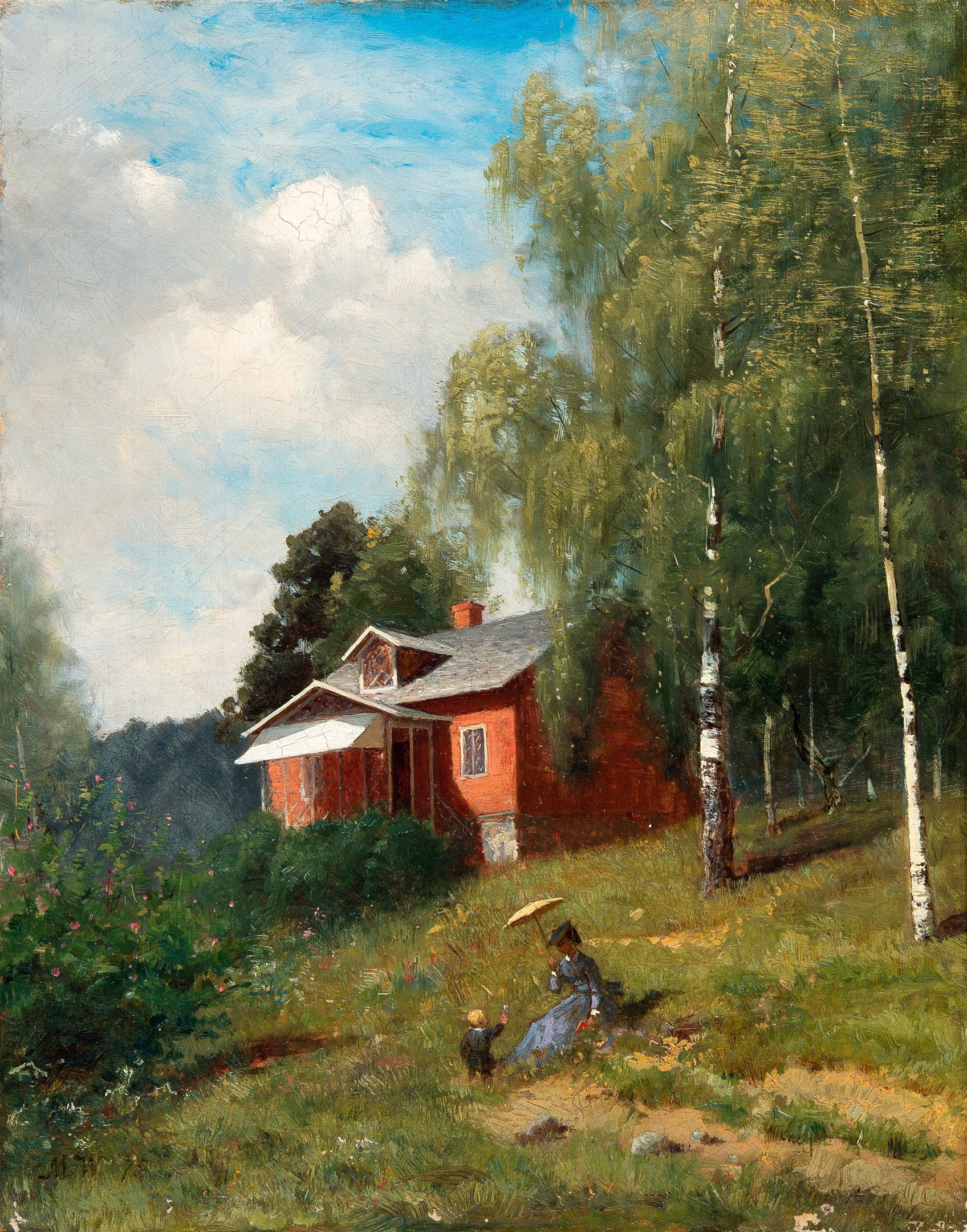

Today, Maria Wiik’s work enjoys significant recognition within both Finnish and international art circles. Her contributions to art are celebrated for their technical proficiency, emotional depth, and pioneering role in promoting gender equality in the arts. Wiik’s paintings are often highlighted in exhibitions that explore the evolution of Finnish art, showcasing her importance in the nation’s cultural heritage.
Internationally, her work is recognized as part of the broader narrative of European art history, illustrating the diversity and richness of artistic expression across the continent. This enduring recognition underscores Wiik’s lasting impact on the art world, ensuring her place as a key figure in the study and appreciation of Finnish and European art.
Presence of Her Works in Museums and Private Collections
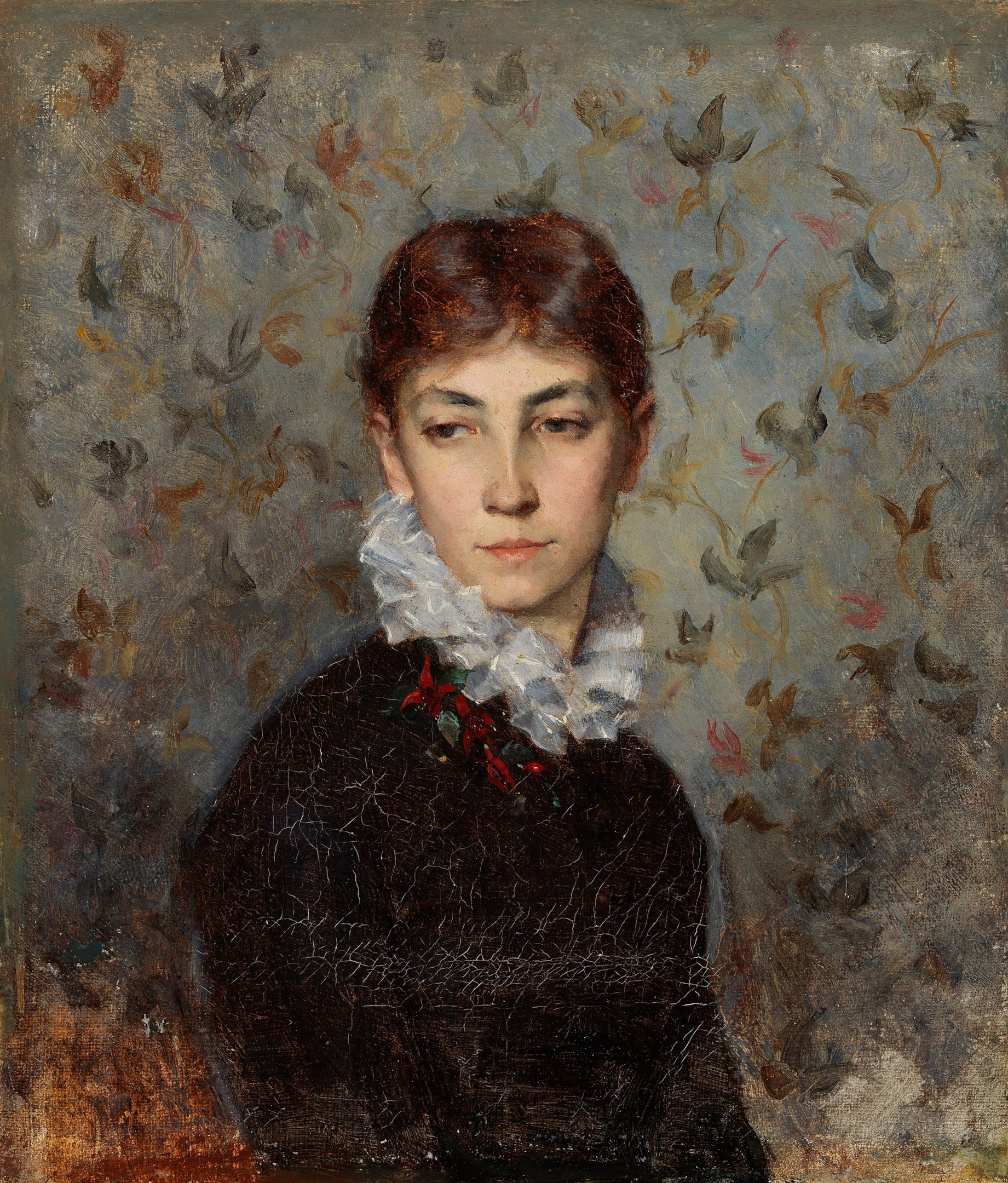

The presence of Maria Wiik’s works in museums and private collections worldwide attests to her enduring legacy and the continued appreciation of her art. Many of her paintings are housed in Finland’s most prestigious institutions, such as the Ateneum Art Museum in Helsinki, where they are accessible to the public and continue to draw admiration from art lovers and critics alike.
Additionally, her works can be found in private collections, where they are treasured for their beauty and historical significance. This widespread distribution of her art ensures that Wiik’s contributions to the artistic landscape remain visible and influential, allowing new generations of artists and art enthusiasts to discover and draw inspiration from her work. The preservation and exhibition of Wiik’s paintings not only honor her legacy but also contribute to the ongoing dialogue about the role of women in the history of art.
Wiik’s Personal Life and Challenges
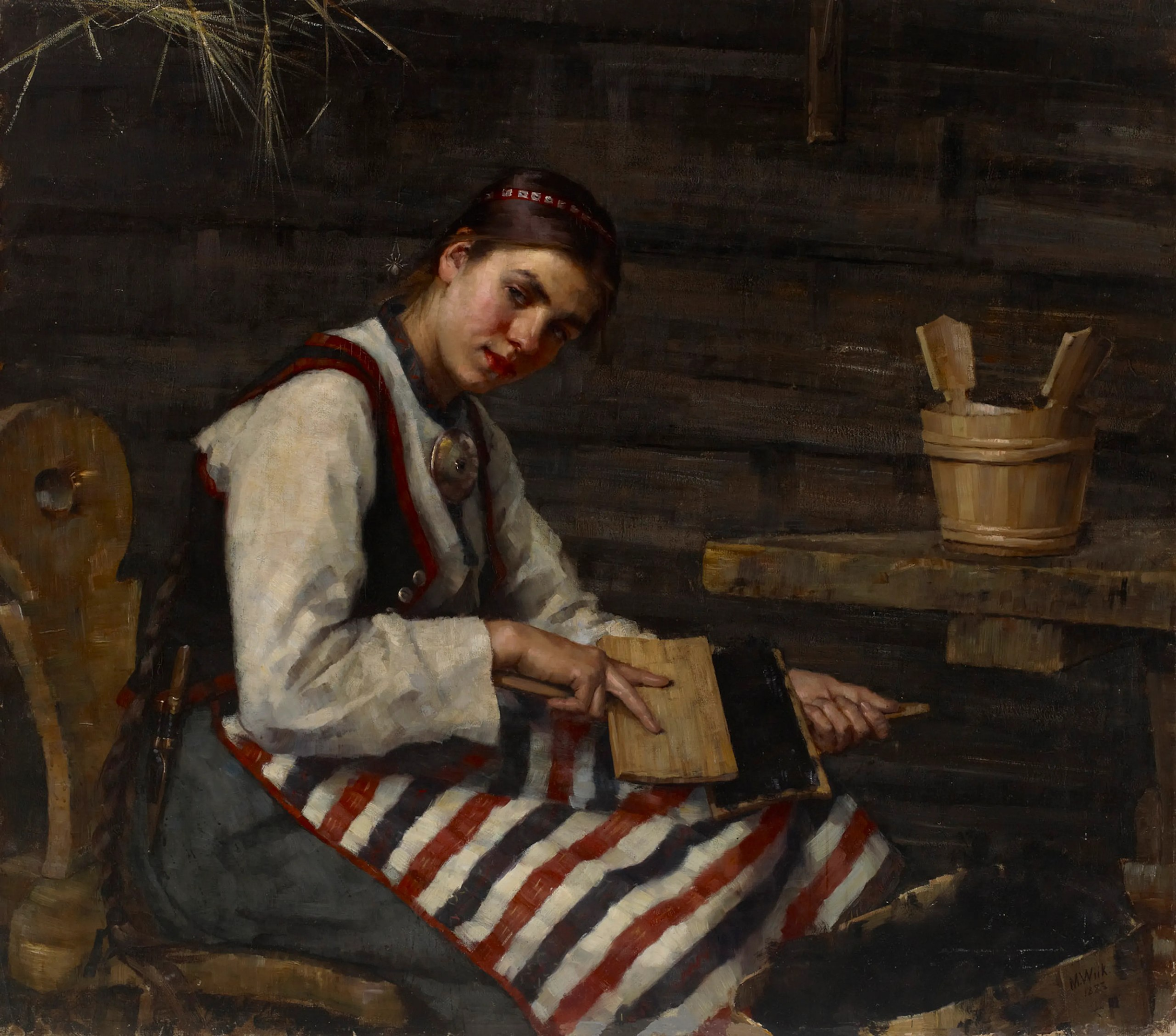

Maria Wiik’s personal life, much like her professional journey, was rich with relationships and connections that both supported and challenged her artistic path. Among her notable friendships was her relationship with Helene Schjerfbeck, another prominent Finnish artist. Their connection provided a mutual source of inspiration and camaraderie in an era when female artists were often marginalized.
This bond was emblematic of the support networks that women in the arts had to form to navigate the complexities of their professional landscapes. Wiik’s friendships and professional networks were crucial in her development and success, offering both encouragement and critical engagement with her work. These relationships not only enriched her personal life but also influenced her artistic output, providing emotional depth and context to her creations.
The challenges Wiik faced as a woman in the predominantly male art world of her time were significant. Despite the growing presence of women in the arts, gender biases and societal expectations often limited their opportunities and recognition. Wiik navigated these obstacles with resilience, carving out a space for herself and her work amidst a landscape that was often unreceptive to women’s contributions.
Her ability to achieve professional success and gain respect in such an environment speaks to her exceptional talent and determination. Wiik’s experiences reflect the broader struggles of female artists seeking to break through the barriers of a male-dominated field, making her accomplishments all the more notable.
Final Thoughts on Maria Wiik’s Life and Work
Wiik’s enduring legacy and the continued relevance of her work in the art world today speak volumes about her talent, resilience, and the depth of her artistic exploration. For modern audiences, Wiik’s life and art offer valuable lessons in perseverance, the importance of expressing one’s unique perspective, and the role of art in challenging societal norms.
Her ability to navigate and succeed in a male-dominated field, all the while remaining true to her artistic vision, serves as an enduring inspiration for artists and art lovers alike. Maria Wiik’s story is a testament to the power of art to transcend boundaries, both personal and cultural, and to the lasting impact one individual can have on their field and beyond.








